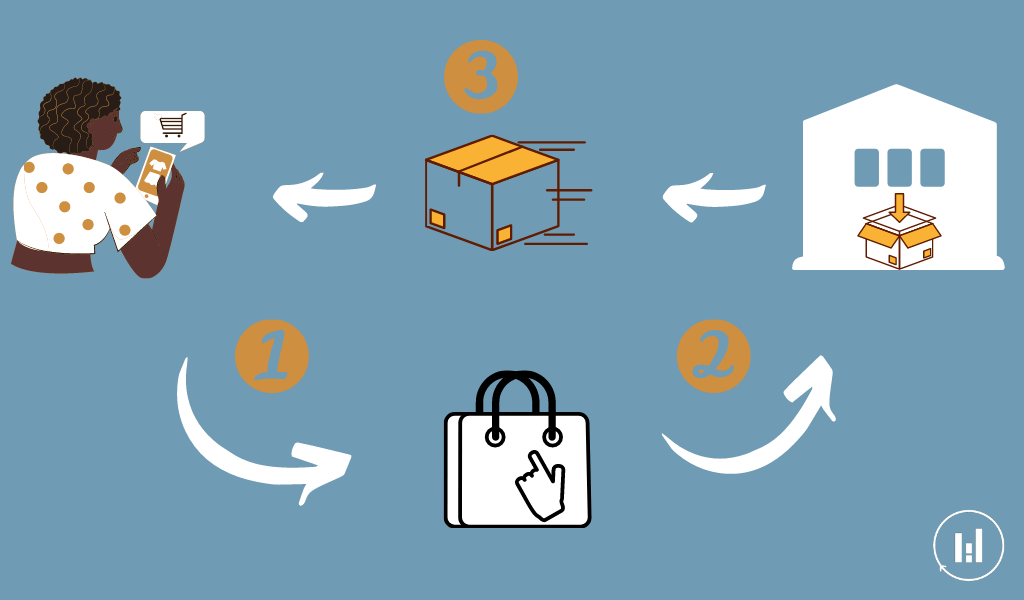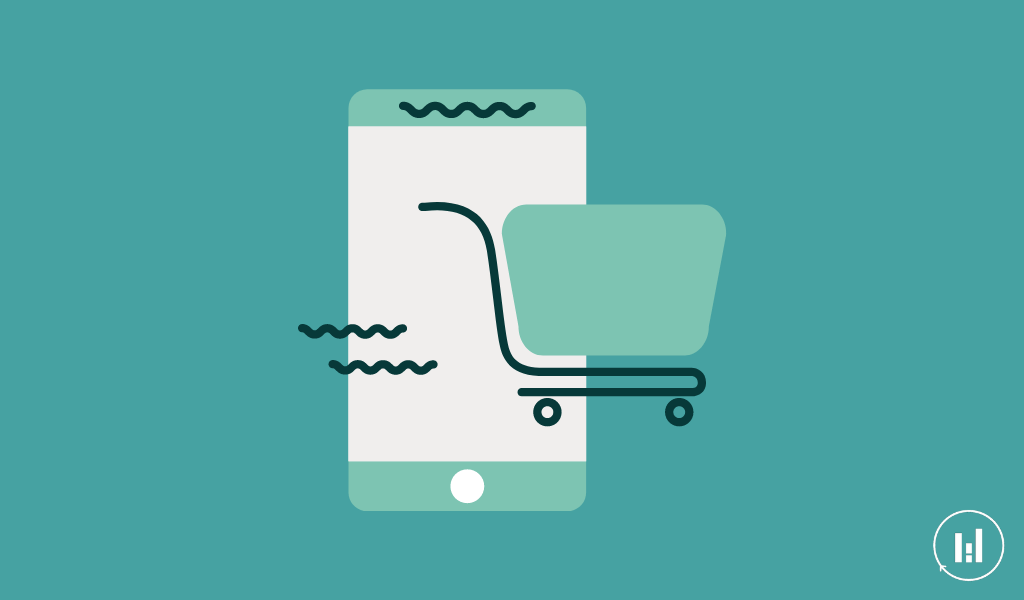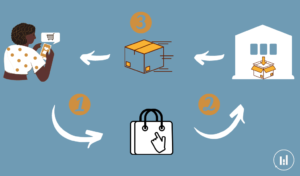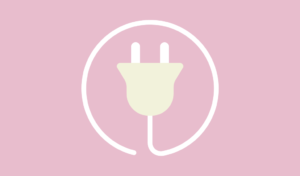4 best practices when starting up your website
Table of Contents
Introduction
On the internet, there are different types of website: eCommerce, a portfolio of your work. We could also mention online blogs or news magazine. Nowadays, you can quite easily build one yourself at a low-cost. Always keep in mind that your website does not only reflects your brand but is also the central location of your business (in your digital marketing approach). All marketing efforts lead to your website and should, therefore, be set up correctly.
If you want to build your website, here are 4 tips :
1. Have a plan of attack
Make sure you have a business plan and start with building a checklist to get a clear view of where to begin and how to get to your goal. Think about a good marketing strategy. Especially since there is a misconception that every website will automatically see traffic instantly once it is online.
For e-commerce, be sure to have defined your niche market and to know who your competitors are before you set up your eCommerce platform. For blogging, be sure you can create content combined with your day job and/or side projects and set up realistic publishing goals, in order to avoid stress or getting discouraged. Here you can for example already start with aiming to write an article every two weeks in order to have enough content before you start your actual blog.
Creating a step-by-step plan and reviewing different strategies can take time, but will definitely guide you in building your online website. On the other hand, also make sure you don’t waste too much time with smaller, less important tasks, but concentrate on tasks that will get you to the next level.
2. Don’t underestimate the workload
There is a lot more work involved when creating a website than you would imagine. If you believe it is a way of fast and easy money, think again. It is a process of trial and error, which demands full attention and investment of time and effort. Which content attracts traffic best and what techniques work best for you are only a few things you’ll be learning along the way.
It is important to educate yourself on how time-intensive setting up and maintaining a website can be because when you have well-considered your plan, you won’t be investing your time in a dead-end street.
3. Choose the right software for your website
There are free options like Weebly and Blogger which allow you to set up a website pretty quick and easy. Common disadvantages of these free solutions are that people don’t take you seriously and you cannot expect a super user-friendly tech support line. Most importantly however is that you do not own the domain or the content when using these solutions.
Depending on the purpose of your website you should evaluate different content management systems (CMS) or different online software applications for creating your website in order to ensure it provides the correct functionality you need. Looking too much like a blog isn’t always best for an eCommerce website while for bloggers, categorizing of content can be really important.
4. Don’t be too focused on Design
Having a responsive and mobile-friendly website is a must and yes, it is very important to make your website visually appealing since a first impression can only be made once, but don’t get too caught up with its design. The content you have been creating or the message you want to bring forward is way more important. Nobody cares about the color of your background if you’re having great content or if you are selling the product they really need.
There are a lot of content management systems out there, such as Wix or WordPress. Which one suits me best?
Recommended for you










